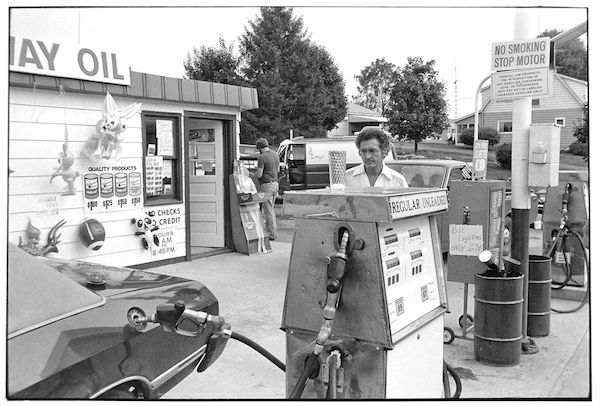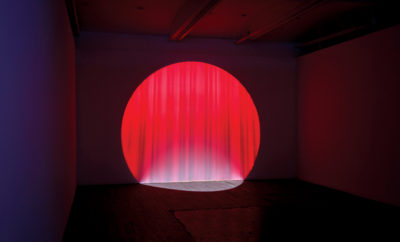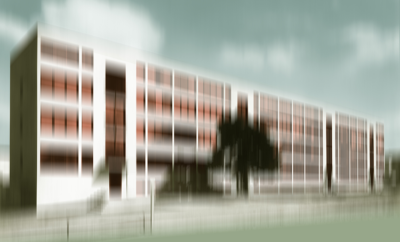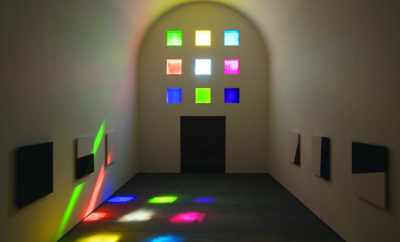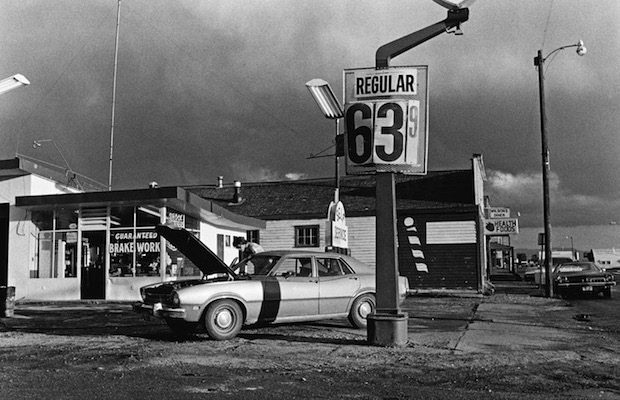 David Freund
David Freund
Design
Ordinary Oases
AMERICAN DRIVERS STOP AT A GAS STATION at least weekly, and not just for gas. Akin to home or town, traditional gas stations were oases offering food and drink, car repair, directions, maps, and bathrooms. The smallest village might lack a grocery store, town hall, or school, but would have a gas station. Still, except for photographs of them as architectural charmers, I don’t believe there has been any extensive photographic investigation of this ubiquitous enabler of American automobile culture. Why would there be? As the painter Miles Forst once commented, gas stations are where you fill up your tank and shut off your brain. They are infrequently an occasion for any photograph at all.
From 1978 to 1981, I photographed the culture, architecture, and landscape of gas stations in more than forty states. We see customers and workers in postures and actions peculiar to gassing up or otherwise utilizing the station. Architecture and signage, both corporate and vernacular, beckon passing drivers. Regional and municipal landscapes hold gas stations, each with its own landscape of designed plantings or scrappy volunteer growth. Of necessity, stations are also outposts for networks other than petroleum, as seen in telephone booths, mailboxes, and power lines. All these spark recognition and recollection, accruing elements of a nonlinear American narrative.

Photo by David Freund
I chose not to attempt an overarching structure for my unsystematic survey. I created a narrative that does not rely on chronological or causal conventions, but rather examines how one experiences or pays attention to disparate events, then intuitively shapes them into a personal, affective narrative of place. Put another way, my thread is not this, then that, nor this, therefore that, but this and also that.
Dialogue among the numerous themes touched on seemed best served by diptychs, combined in short sequences to achieve meaningful, manageable, and accessible form. In Gas Stops these short visual passages, analogous in my mind to poems or songs, settled into a consistent pattern of four diptychs, followed by a blank page facing a photograph of a gas station chosen to illustrate an architectural idea. Each such grouping, evocative and descriptive in its own terms, exists within an overall sequence that aims to inform, move, and surprise the viewer—and give them something to do.


